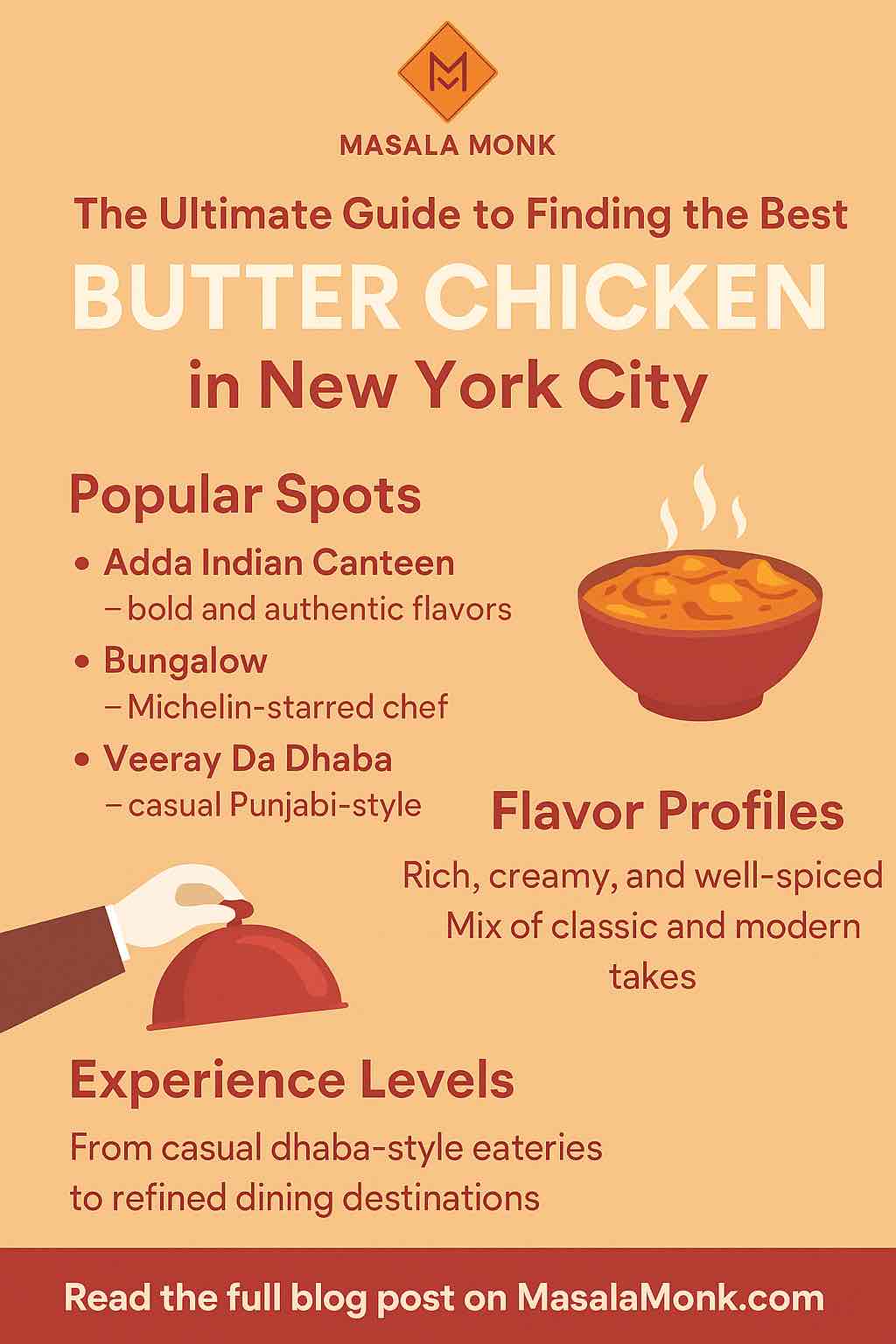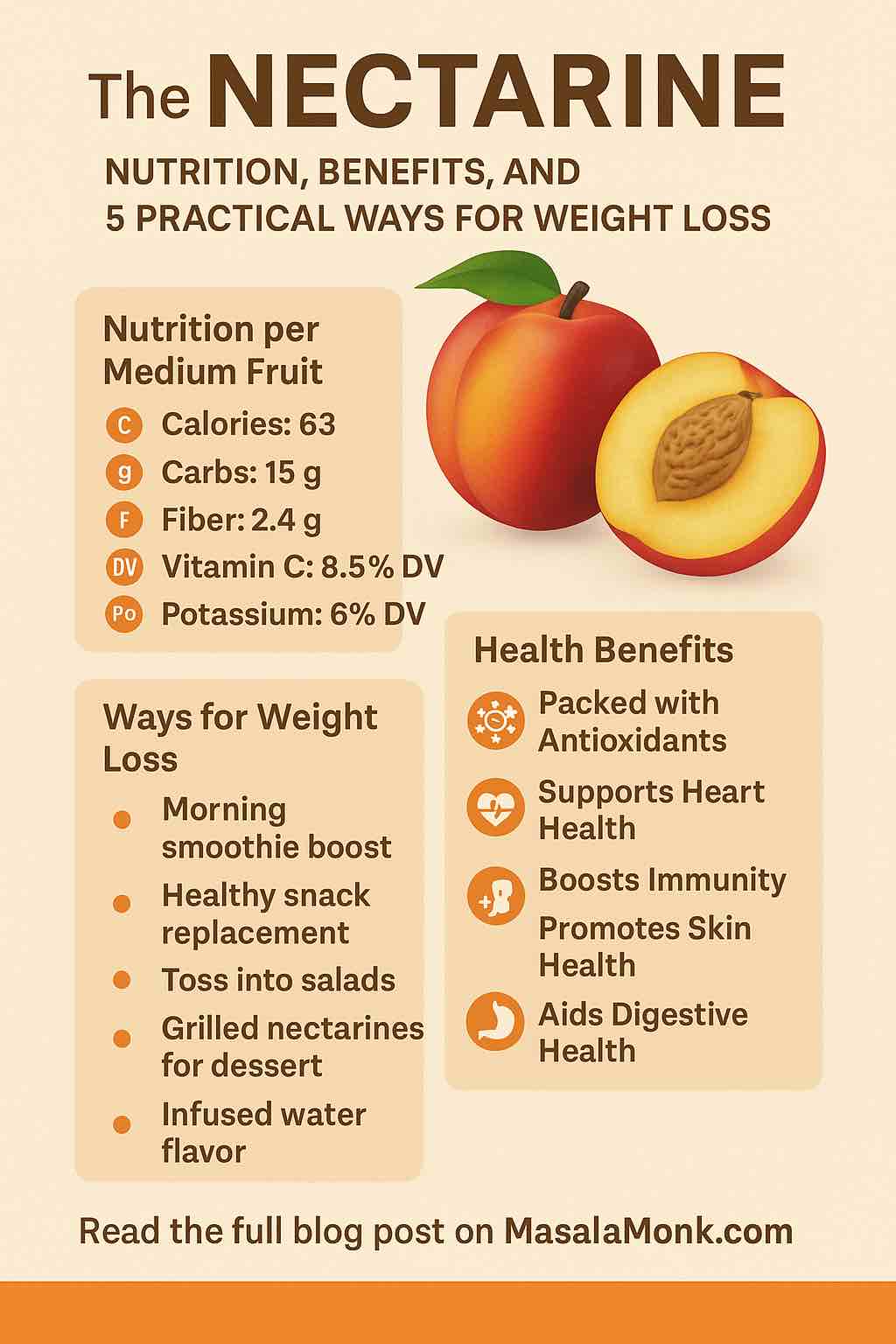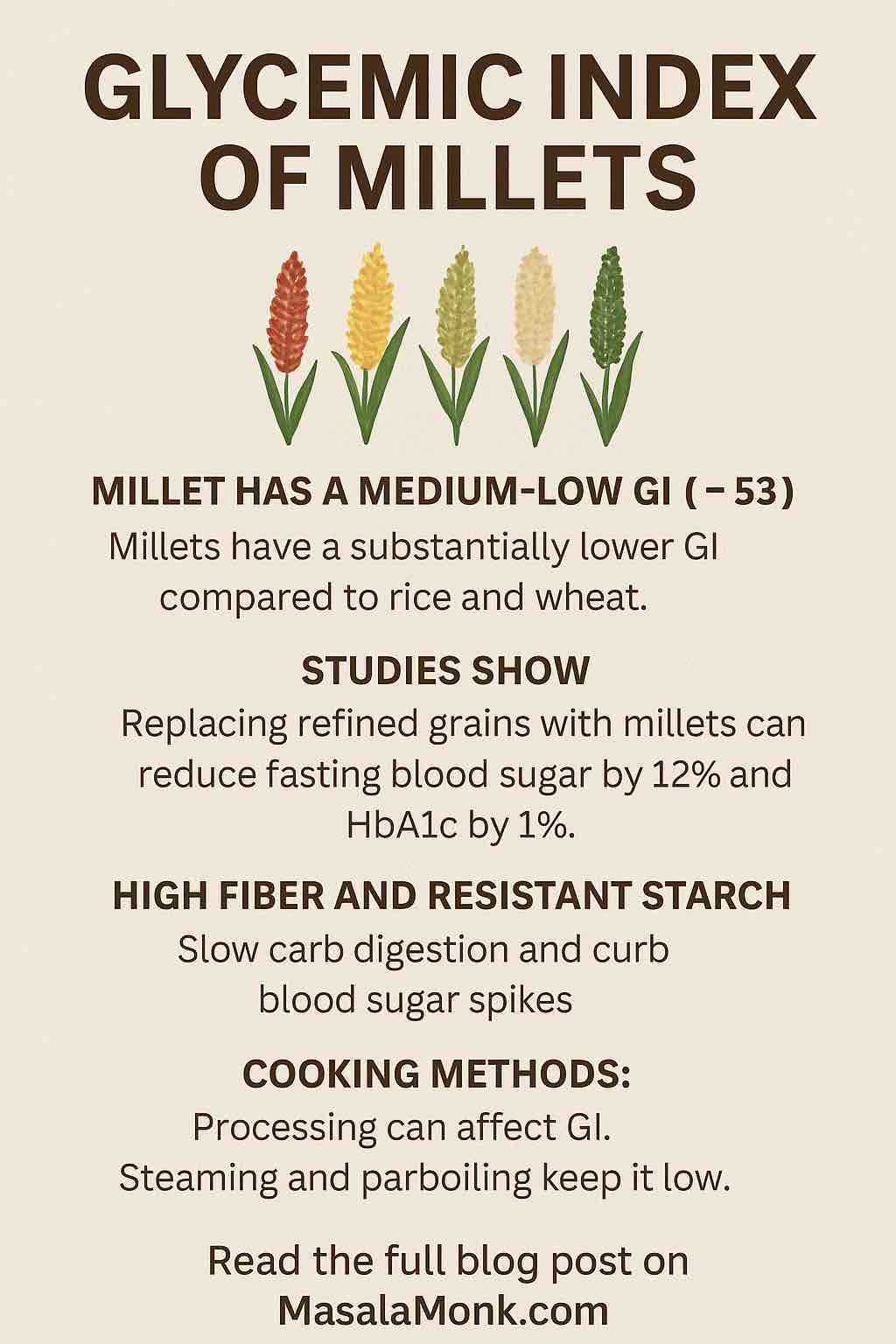
Butter chicken—rich, creamy, and infused with aromatic spices—is arguably one of the most beloved Indian dishes worldwide. Whether you crave the velvety tomato-based gravy, the tender chunks of chicken, or the perfect balance of spice and sweetness, butter chicken delivers comfort in every bite. But where in New York City can you find the absolute best rendition of this iconic dish?
NYC’s Indian dining scene is as diverse as its population, offering everything from traditional dhabas to modern gourmet interpretations. After thorough research and tasting notes from locals and critics alike, here’s your ultimate guide to the nine standout places serving the best butter chicken in the city that never sleeps.
1. Adda Indian Canteen — Bold, Authentic, and Unapologetically Indian
Located in Long Island City, Adda Indian Canteen has quickly become a cult favorite for those seeking unapologetic, home-style Indian food. Their butter chicken is renowned for its bold flavors and creamy texture that feels like a warm hug on a plate. The sauce is richly spiced yet perfectly balanced, highlighting the depth of traditional Indian cooking techniques. If you’re after an authentic experience with generous portions, Adda is a must-visit.
2. GupShup — Modern Flair Meets Classic Comfort
GupShup in the Flatiron district delivers a vibrant twist on butter chicken. Here, you’ll find tender chicken bathed in a luscious, creamy tomato-based gravy that’s both comforting and exciting. GupShup is known for combining traditional flavors with innovative cooking methods and presentation. The cozy yet contemporary ambiance makes it an ideal spot for casual dining or a date night.
3. Mughlai Grill Indian Cuisine — A Mughlai Masterpiece
Mughlai Grill, tucked away in the Lower East Side, channels the essence of Mughlai cuisine, famous for its royal, aromatic dishes. Their butter chicken is a fragrant symphony of spices, creamy textures, and smoky undertones that transport you straight to the courts of Mughal emperors. If you appreciate nuanced spices and luxurious gravies, Mughlai Grill’s butter chicken will not disappoint.
4. Bungalow — Elevated Indian Dining by a Michelin-Star Chef
For those seeking a more refined dining experience, Bungalow by Chef Vikas Khanna offers an elevated take on Indian classics, including butter chicken. The dish here balances tradition with sophistication—rich, creamy, and perfectly seasoned, yet presented with elegant plating and subtle gourmet touches. Bungalow’s intimate and stylish setting makes it perfect for special occasions or impressing guests.
5. Veeray Da Dhaba — Punjabi Roadside Comfort in the City
If you’re in the mood for hearty, no-frills comfort food reminiscent of a Punjabi dhaba (roadside eatery), Veeray Da Dhaba is your spot. The butter chicken here is straightforward but deeply flavorful, with a thick, buttery gravy that clings to each tender piece of chicken. This casual eatery embraces the rustic charm of Punjabi cuisine and serves generous portions ideal for sharing.
6. Kebab aur Sharab — Smoky Tandoori Goodness
Kebab aur Sharab on the Upper West Side offers a distinctive take on butter chicken by cooking the chicken in a tandoor, imparting a smoky depth to the tender meat. The gravy is rich and creamy, enriched with cashew nuts for a velvety finish. This combination of smoky and creamy textures elevates the dish to a unique flavor profile that stands out in the city.
7. Benares — A Balanced and Refined Classic
Nestled in the Flatiron District, Benares is known for a polished dining experience with a menu of well-executed Indian dishes. Their butter chicken exemplifies balance — creamy without being overwhelming, perfectly spiced without overshadowing the chicken. It’s a solid choice for those wanting a dependable, delicious meal in a chic setting.
8. Moti Mahal Delux — The Original Butter Chicken Legacy
Moti Mahal is synonymous with butter chicken as it is believed to be the birthplace of the dish. The New York branch, Moti Mahal Delux, honors this legacy by offering a traditional recipe passed down through generations. While some reviews suggest the spice level can be dialed up, the dish remains a homage to the original classic, ideal for purists seeking authentic flavors.
9. Kanyakumari — Coastal Southern Indian Inspiration
Kanyakumari offers a fresh perspective on butter chicken, incorporating influences from the coastal cuisine of Southern India. This modern interpretation adds new layers of flavor, making the dish vibrant and slightly different from the North Indian standard. It’s a great option for adventurous eaters wanting to explore the breadth of Indian culinary traditions.
Final Thoughts
Butter chicken in NYC isn’t just a dish — it’s a reflection of culture, tradition, and innovation. From rustic dhabas to Michelin-starred kitchens, the city offers a rich variety of options that cater to every palate and occasion. Whether you want classic, smoky, spicy, or modern, New York’s Indian restaurants have you covered.
Next time you crave butter chicken, consider visiting one of these nine places, each promising a unique and memorable culinary experience. And if you want, I can help you pick the perfect spot based on your preferences!
FAQs
1. What makes butter chicken so popular worldwide?
Butter chicken combines tender, marinated chicken with a rich, creamy tomato-based sauce that balances spices, sweetness, and savory flavors. Its comforting texture and balanced taste appeal to a wide range of palates.
2. How is butter chicken traditionally prepared?
Traditionally, chicken is marinated in yogurt and spices, then cooked in a tandoor (clay oven). It’s finished in a buttery tomato gravy enriched with cream, cashew nuts, and aromatic spices like garam masala and fenugreek.
3. Is butter chicken spicy?
Butter chicken is generally mild to moderately spiced, making it accessible for most spice tolerance levels. However, some restaurants adjust the heat, so it’s always good to ask for your preferred spice level.
4. Can butter chicken be made gluten-free or vegetarian?
Butter chicken is naturally gluten-free if prepared without additives containing gluten. Vegetarian alternatives often use paneer (Indian cheese) or tofu in place of chicken, maintaining the rich buttery sauce.
5. What should I pair butter chicken with?
Butter chicken pairs perfectly with naan (Indian flatbread), basmati rice, or jeera (cumin) rice. A side of cooling raita or a fresh salad also complements the richness of the dish.
6. Are these New York restaurants suitable for group dining or special occasions?
Yes! Places like Bungalow and Adda Indian Canteen offer great ambiance for group dining and special occasions, while Veeray Da Dhaba and Mughlai Grill provide more casual settings perfect for family or friends.
7. Can I order butter chicken for takeout or delivery from these places?
Most of these restaurants offer takeout and delivery services, especially through popular platforms like UberEats, Seamless, and DoorDash. It’s advisable to check each restaurant’s current delivery options.
8. What distinguishes northern-style butter chicken from southern Indian chicken dishes?
Northern-style butter chicken typically features a creamy tomato-based gravy with spices from Punjabi and Mughlai traditions. Southern Indian chicken dishes might use coconut milk and different spice blends, creating distinct flavor profiles.
9. How do I know if a butter chicken dish is authentic?
Authentic butter chicken usually has a creamy, slightly sweet tomato gravy with a balance of spices and tender, marinated chicken. It shouldn’t be overly oily or too watery. Restaurant reputation and reviews also help gauge authenticity.
10. Are there vegan or dairy-free versions of butter chicken available in NYC?
Some restaurants offer vegan or dairy-free alternatives using coconut milk or cashew cream instead of dairy, and plant-based proteins instead of chicken. It’s best to inquire directly with the restaurant about such options.













